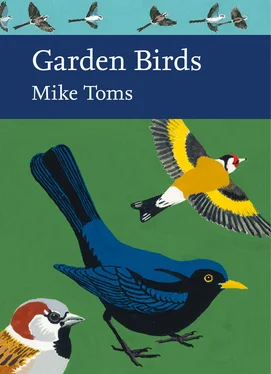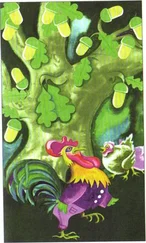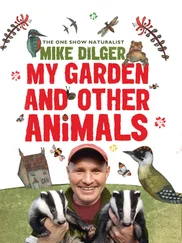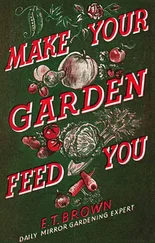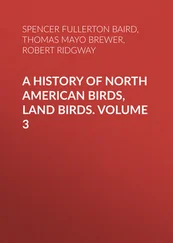Provisioning may also vary between individuals in terms of how often they put out food, the types of foods they provide and where the food is presented. Roughly a quarter of those interviewed by the RSPB put out food daily, with half putting out food at least once a week, and food was presented roughly equally across bird feeders (33 per cent), bird tables (27 per cent) and on the ground (30 per cent). Davies et al. (2012) found that just 29 per cent of the households they studied provided food at least once a week. The work in Reading, mentioned earlier in this chapter, had a more detailed second component; this looked at a subset of people feeding birds within the city, charting what they provided over a two-year period. As well as the finding that a significantly higher proportion of the individuals feeding year round provisioned daily, compared to those who only fed the birds during autumn and winter, the Reading work also collected valuable information on the amount of food being given. This revealed that each day the median amount provided per garden was 127 g, though ranging from 18 g to 3,573 g. Knowing what food was being provisioned, and in what quantities, enabled Orros and Fellowes to calculate a daily energy value of 628 kcal provisioned per garden per day. In addition to variation in the quantities of food provided, there was also variation in the types of food provided, with 91 per cent of individuals provisioning one to three types of food. Mixed seed was the most commonly provisioned food, by both mass and kcal; interestingly, 43 per cent of individuals still provisioned household scraps.
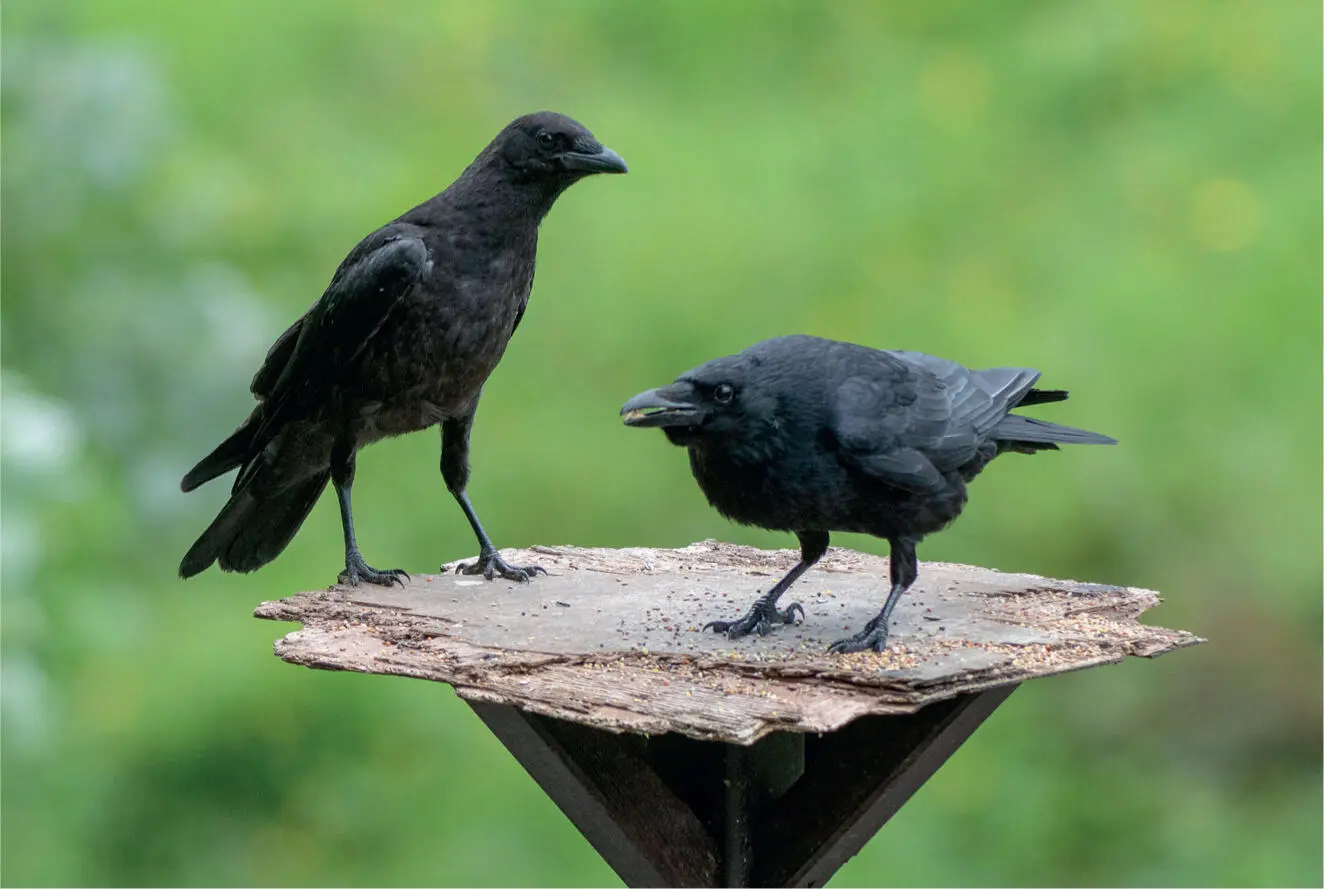
FIG 16. Various members of the crow family, including Carrion Crow, have taken advantage of the feeding opportunities available at garden feeding stations. Work in North America has highlighted how the nature of these opportunities may vary regionally. (John Harding)
Work in the US has also examined the question of who feeds wild birds, revealing that older people are more likely to provide supplementary food than young people (Lepczyk et al., 2012), and are more likely to be women and to have achieved higher educational qualifications than those not participating (Lepczyk et al., 2004a). Mark Goddard, working on why people in Leeds garden for wildlife, also found that the frequency of bird feeding increased with age (Goddard et al., 2013). The RSPB marketing study, which is probably the study that is most representative of the wider UK population, found that interviewees 35 years of age or older were more likely to feed their birds than those under 35 (RSPB, unpublished). Of course, the characteristics of those provisioning wild birds may sometimes confound attempts to examine the relationships between food provision and other features – for example, housing density (something we touched on in the previous chapter).
REGIONAL DIFFERENCES
Cultural differences in attitudes to birds may explain many of the regional differences in the types and quantities of supplementary food provided for garden birds. The biggest markets for wild bird food and feeding products are based in Europe and North America but even within these regions there are differences between countries and peoples. Within Europe, for example, the feeding of wild birds is common in Germany, Poland, Finland, Switzerland, the UK and the Netherlands, but not in France, Spain or indeed other Mediterranean countries. That cultural differences might be behind the patterns seen within Europe could be suggested by the differing attitudes towards the hunting of small wild birds, still a common practice in the south of Europe but not in the north. Could the differences within Europe also relate to geography and the harsher winter weather encountered further north within the continent?
As Lepczyk et al. (2012) found, some of these regional differences in provisioning practices within North America do indeed relate to climatic conditions. Through a series of parallel studies Christopher Lepczyk and colleagues found that householders in Michigan and Arizona had differing attitudes towards the provision of supplementary food for birds; while 66 per cent of respondents in Michigan provided food, just 43 per cent of those in Arizona did so. The authors put this down to the fact that Michigan is a region that experiences severe winter weather, during which birds face harsher environmental conditions, while Arizona has a more favourable winter climate. In addition, Lepczyk found that Michigan residents were more likely to provide high-quality supplementary foods (such as thistle and sunflower seeds) than those living in Arizona. One further pattern of interest can be seen in in Lepczyk’s study: relatively fewer urban residents engaged in the provision of high-quality food than was the case for non-urban residents; they were, instead, more likely to provide food of a lower quality.

FIG 17. Granivorous (seed-eating) species, like Yellowhammer, dominate at UK garden feeding stations, while insect-eating species tend to be less common. (Jill Pakenham)
Similar findings were reported from Poland, where Tryjanowski et al. (2015) found that urban and rural areas differed in the availability of food, offered intentionally or unintentionally to wild birds during the winter months. Both intentional and unintentional food provision was greater within urban areas than it was in rural locations. While the number of bird feeders and feeding stations differed significantly between the two habitats, the proportion of feeders containing food was similar. Tryjanowkski found differences between the two habitats in the availability of several foodstuffs, with seed feeders and waste food significantly more common in the urban area and animal fat more common at rural sites.
There also clear regional differences in the types of food being provided for wild birds at garden feeding stations in different countries. While the main foods provided at garden feeding stations in the UK and elsewhere in Europe are seed-based, in North American backyards we see the additional use of sugar solution feeders for hummingbirds, and in Australia we see many more high-protein foods provided (such as meat and cheese), reflecting the differing range of species more commonly encountered in Australian backyards.
A BRIEF HISTORY OF FOODS AND FEEDERS
Quite where our willingness to feed wild birds originated is unclear but it is likely that food scraps have been provided to wild birds over hundreds of generations. Perhaps the earliest written evidence of material encouraging the feeding of wild birds is that provided in ancient Hindu writings from the Vedic period (c. 1500–500 BCE). This material describes the practice of Bhuta Yajna, which was one of the five great sacrifices used to develop the spiritual growth of a man. Bhuta Yajna involved the placing of food offerings known as bali on the ground; these being intended for ‘animals, birds, insects, wandering outcastes and beings of the invisible worlds’.
Wild bird feeding in the form that we know it today receives very little mention in historical documents and it is not until the 1800s that we see references encouraging or supporting the practice. Allen (1967) refers to the ornithotrophe, a device developed by John Freeman Milward Dovaston – a minor romantic poet and regular contributor of articles to Loudon’s Magazine of Natural History. The device was essentially a modified trough, fitted with rows of perches and filled with household and farmyard scraps. A man with an obvious talent for self-promotion, Dovaston promoted the device and its success in attracting birds through letters to the magazine penned under the pseudonym of Von Osdat. Reference to the device also made an appearance in notes to the preface of the first volume of Bewick’s A History of British Birds. Bird tables were certainly in use by the 1850s, and promotion of feeding of urban birds is mentioned as early as 1875, through a piece that appeared in the 16 February edition of the Edinburgh Evening News. This article noted that a society for feeding birds in winter had established 22 feeding stations across the town, recognising their important role in controlling insect pests.
Читать дальше
